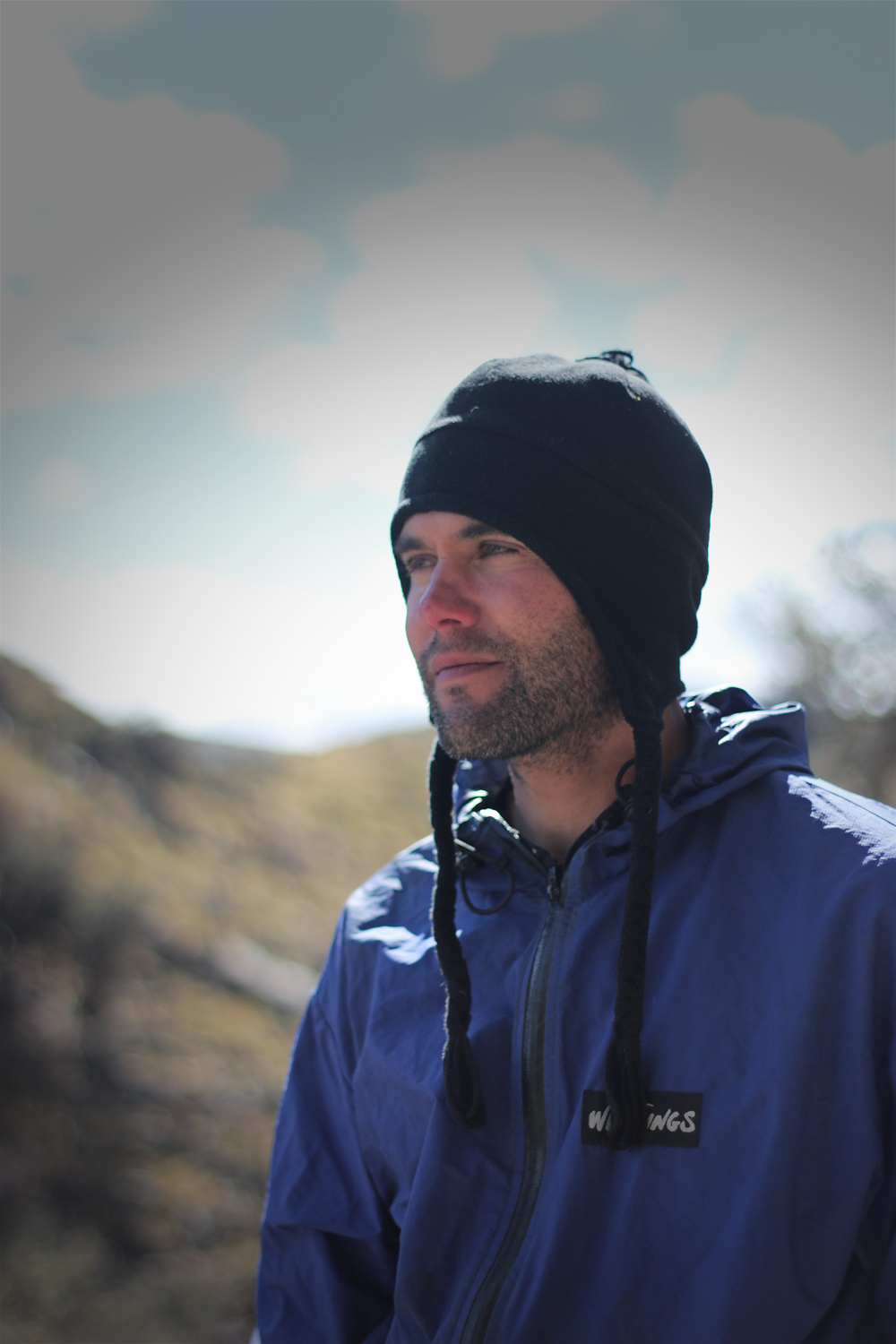-

MSU Anthropology professor and undergraduate participate in Smithsonian global oyster study
Dr. Sanchez, MSU Department of Anthropology assistant professor, and his colleague Dr. Michael Grone, California Department of Parks and Recreation, contributed to the global study of Indigenous oyster fisheries, which synthesized over a century of archaeological findings from the San Francisco Bay Area. The synthesis of these data was supported by MSU Anthropology major Emily […]
-

Featured Faculty, Dr. Kurt Rademaker
Dr. Kurt Rademaker started with MSU Anthropology in Fall of 2018. His research focuses on human biogeographic expansion into the Andes mountains and adds to our understanding of the timing and routes of initial human settlement of the Americas and the role of ecological variability in driving human adaptations and in understanding the relationships between […]
-
Dr. Ethan Watrall Receives DEADDA Grant
The Department of Anthropology is pleased to announce that Assistant Professor Ethan Watrall is part of a team recently awarded a European Cooperation of Science & Technology grant for the Saving European Archaeology from the Digital Dark Age (SEADDA) Project. The project is based on the premise that making archaeological data open and freely accessible […]
-
3rd Annual Endowed Alumni & Friends of Archaeology Lecture
Greg Hare, the former Yukon Archaeologist and Senior Projects Archaeologist with the Government of Yukon, Canada, recently retired after 30 years of service, visited MSU from March 11-15th, 2019 as the 3rd Annual Alumni and Friends of Archaeology Endowed Lecture Series. While here, Dr. Hare gave a department talk entitled, “Global Warming and Melting Ice […]
-
Dr. Goldstein Receives Lifetime Achievement Award
The Department of Anthropology is pleased to announce Dr. Lynne Goldstein (Professor Emerita of Anthropology and Founding Director of the Campus Archaeology Program) received the Society for American Archaeology Lifetime Achievement Award at the 84th Annual Meeting in Albuquerque New Mexico on April 12, 2019. This prestigious award is in recognition of her pivotal theoretical […]
-
New Digital Heritage Imaging Lab Opens
There is a new space in McDonel Hall for digital applications in archaeology. The Digital Heritage Imaging and Innovation Lab, or DHI Lab, held its grand opening on Thursday, May 2nd, 2019. This lab, housed in E36 of McDonel Hall, offers three main types of imaging techniques: 3D scanning, RTI (reflective transformance imaging), augmented and […]
-
Alumna, Dr. Megan McCullen
We are very proud to announce that our alumna, Dr. Megan McCullen, is the new Director of the Gordon L. Grosscup Museum of Anthropology & Planetarium at Wayne State University. Dr. McCullen’s position was created as a full-time position in 2017 by the College of Liberal Arts & Sciences at Wayne State. Prior to this, […]
-
Alumni & Friends of Archaeology Research Award
The Alumni and Friends of Archaeology Expendable Fund, established to enhance research and learning of undergraduate and graduate students in the archaeology program through the MSU Department of Anthropology, awarded Jeff Painter funds for his dissertation research during the Summer of 2018. This was the second year for the Alumni and Friends of Archaeology Research […]
-
New Research on the Peopling of the Americas
An international research crew, including MSU Department of Anthropology Assistant Professor Kurt Rademaker and five team members, contributed some of the key ancient human remains that documented population dynamics in the Andean region. The results of this research were revealed in a recent article, “Reconstructing the Deep Population History of Central and South America,” published […]
-
Featured Graduate Student, Autumn Painter
Autumn Painter, a graduate student here in the Department of Anthropology, specializing in archaeology was provided the opportunity to travel with Dr. Marcy O’Neil, an anthropology alumna and grant support staff and former instructor in the department, to Benin, West Africa during the summer of 2018. In collaboration with the Department of Anthropology and the […]